So, Are You An Artist or an Entertainer?
I started dancing at age 3, doing tap and ballet just like my big sisters. Every May we did the cheesy end-of-year recital in awful sequined satin costumes to even more awful music. They sprayed our ballet and tap shoes with metallic spray paint to complete the tacky look. I have to wonder how much “dancing” they got out of us at that tender age, but they got us up there before we were self-aware enough to get nervous on stage.
The years went by and self-awareness, and then adolescent self-consciousness came but I was comfortable on the stage. Sure, I got the adrenaline rush in the wings- the good nerves – but never the panicky stage fright variety. I danced, I did high school drama, I even dared to sing solo- once. OK, I was genuinely nervous that time.
When I started to perform as a bellydance student at our monthly coffee shop shows, I have to admit to being terrified. It was the worst kind of stage fright. It was so bad it took my instructor 6 months to talk me into dancing. All the confidence I had for the stage shrunk like the distance between the audience and me. This was not only a different style of dance, it was a different way of performing – one that included the audience more intimately – and it was scary. There was no sea of faces in the dark, there were people and their reactions barely more than arms length away.
Because I was already infatuated with this dance I mopped off the nervous sweat, slapped a (terrified) grin on my face and pushed through it. I eventually realized it wasn’t fatal. I survived, then I got used to it and about 400 restaurant shows later I learned to love the audience interplay and intimacy of small venue improvisational performance.
Years into my crazy bellydance ride, I traveled to a workshop and performed in the show. It was in a big theater, with a really big stage – the kind I danced on as a kid. Although it was familiar ground, the distance of the audience now threw me. I felt like part of my show was inaccessible to me. It felt like a one-sided conversation. Luckily, the learning curve gets easier each time and I eventually learned to reach into the dark and distant audience with my dance and get that connection I needed to feel complete on stage.
We call it “cabaret” bellydance, why? Because of the setting where it was typically done – a cabaret. There are many other types of cabaret artists- singers, pianists and more. They bring the viewers into their personal bubble making it feel like a shared experience. That is an art in itself, additional to the singing, playing or dancing.
On many occasions, I’ve had college bellydance students come to a show and ask if they can interview me for a class assignment. For the most part this is fun – and then they ask “The Question.” I’ve heard it so many times, it must be part of the assignment. “So, are you an artist or an entertainer?” It always carries the condescending tone and subtext of “are you a real performer or do you just bop around the tables to entertain the diners?”
I’m sure I gave the first one to ask this a disbelieving glare. Poor thing, I didn’t realize she’d been put up to it. I know the drill now, and I know how to answer the question. I am both, because in this style of dance you have to be regardless of the size of your stage or the proximity of your audience. A ballerina is an artist of the first order – and she takes no notice of her audience as she dances. That just doesn’t work in bellydance. A spectacular technical display in a $1000 Bella is lacking if the dancer doesn’t open her heart and let the audience in. Similarly, it’s not enough to move through the crowd, smiling and engaging them. The dancer needs to show expertise, artistry and presence.
At our best, we make art by blending our moving body and emotions with the music and let the audience really be part of the formula.

